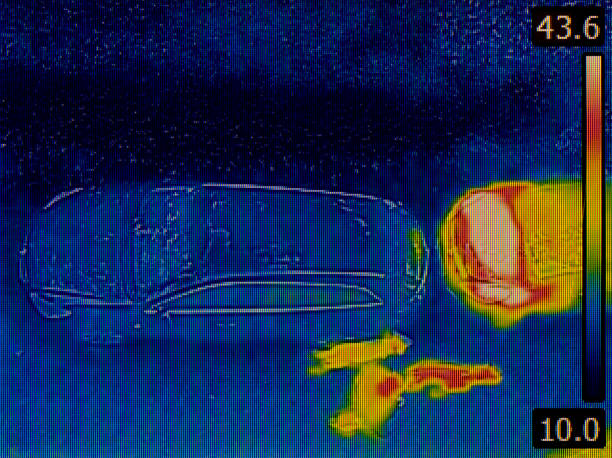The Fascinating World of Automotive Night Vision Technology
Introduction Imagine driving down a dark road on a moonless night, when suddenly your vehicle's dashboard highlights a pedestrian appearing from the darkness. Welcome to the fascinating world of automotive night vision technology, a game-changer in night-time driving.

The Dawn of Automotive Night Vision
The quest for safer night-time driving led to the development of automotive night vision technology. This technology started to take shape in the late 20th century, with Cadillac introducing the first night vision system in a production vehicle in 2000. Based on infrared (IR) technology, the system enhanced visibility in low-light situations, but it had limitations in detecting objects beyond the range of the vehicle’s headlights. Over the years, technological advancements have improved the range and accuracy of these systems, making them invaluable for night-time driving.
The Mechanics of Night Vision Technology
Night vision technology primarily uses two methods to enhance visibility: passive and active infrared systems. Passive systems use thermal imaging to detect heat differences between objects and their surroundings. This method excels in spotting living beings, making it perfect for identifying pedestrians or animals. Active systems, on the other hand, use an infrared light source to illuminate the area in front of the vehicle. The reflected light is then captured and processed to create a detailed image of the road ahead.
The Wonders of Modern Night Vision Systems
Modern night vision systems have come a long way from their early counterparts. Today’s systems can detect and highlight potential hazards, ranging from pedestrians to large animals, and alert the driver. Some systems even incorporate artificial intelligence to predict the movement of detected objects, providing the driver with additional time to react.
The Impact and Challenges of Night Vision Technology
Night vision technology has undeniably improved safety in low-light driving scenarios. It has proven particularly effective in rural areas, where the lack of lighting and potential for animal crossings significantly increase the risk of accidents. However, this technology is not without its challenges. The high cost of implementation, technological limitations in adverse weather conditions, and the need for driver education on the proper use of these systems are areas that need addressing.
The Road Ahead for Night Vision Technology
Looking ahead, the potential for automotive night vision technology is vast. As the technology matures and becomes more affordable, it could become a standard feature in vehicles. Furthermore, with advancements in artificial intelligence and machine learning, these systems could become even more accurate and intuitive, significantly enhancing driving safety.
In conclusion, automotive night vision technology is a remarkable innovation that has transformed night-time driving. While challenges remain, the potential benefits it offers in terms of safety are significant. As this technology continues to evolve, our understanding of what is possible in the realm of automotive safety will undoubtedly expand.




